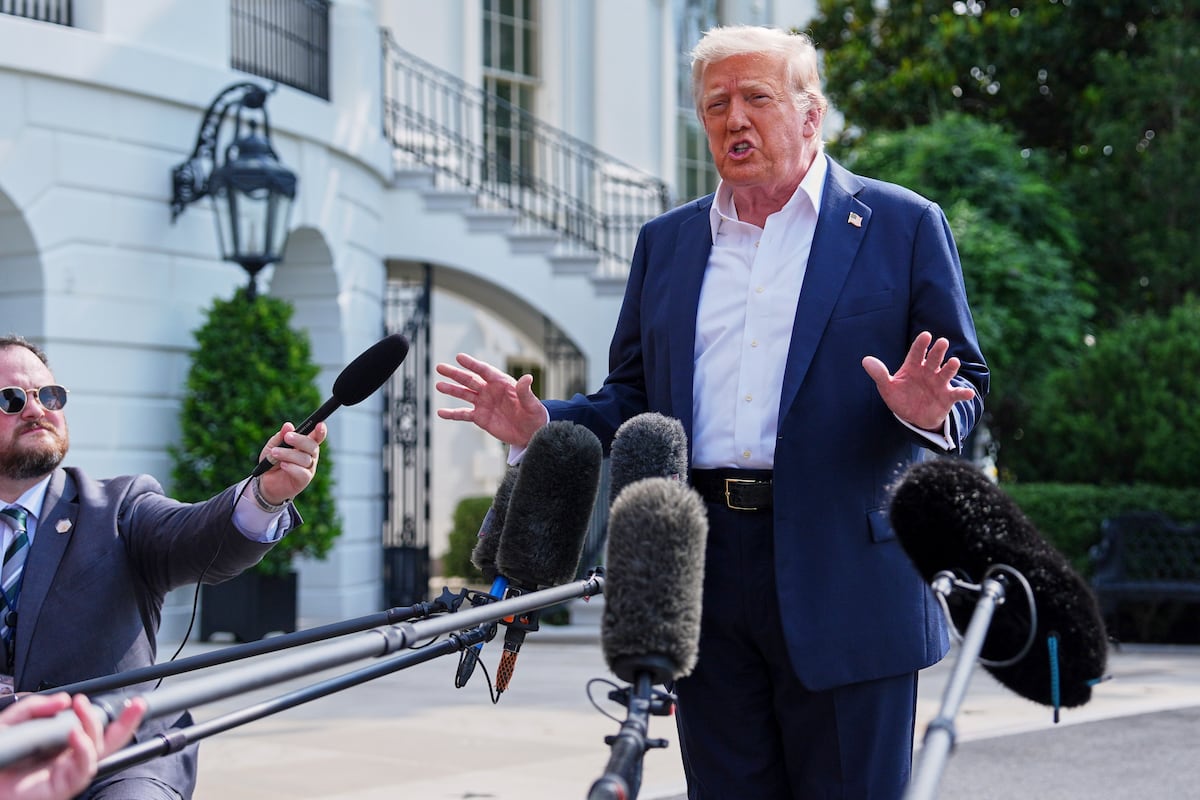Key Takeaways
- The U.S. is supplying weapons to NATO allies for transfer to Ukraine amid increased Russian attacks.
- Ukraine is seeking additional Patriot air defense systems and more military support from Western nations.
- Recent escalations in Russian attacks have resulted in significant civilian casualties in Ukraine.
U.S. Arms Transfers to NATO Allies
The United States is facilitating the transfer of military weapons to NATO allies in Europe, enabling them to support Ukraine in response to a surge in Russian drone and missile attacks. President Donald Trump stated that NATO is fully funding this supply of arms to enhance Ukraine’s defense capabilities. Secretary of State Marco Rubio explained that some of the weapons requested by Ukraine are already with NATO allies and can be swiftly transferred from Europe, a faster alternative compared to sourcing directly from U.S. factories.
Currently, Ukraine has an urgent need for U.S.-made Patriot air defense systems to effectively intercept Russian ballistic and cruise missiles. Trump has fluctuated in his commitment to military aid for Ukraine during the ongoing conflict, despite stating his intention to continue providing defensive resources. Recently, shipments of 155 mm artillery munitions and precision-guided rockets were announced.
Germany, Spain, and other European countries currently possess Patriot missile systems, with some already having ordered additional units. The U.S. is actively encouraging its NATO partners to supply these systems to Ukraine while entering financial agreements for replacement purchases.
Ukraine’s President Volodymyr Zelenskyy has formally requested ten additional Patriot systems, with Germany committing to supply two and Norway one, amid a backdrop of intensified Russian aerial offensives. Russian forces have recently escalated their bombardments, launching over 700 drones in a single night, significantly increasing their attacks compared to previous months.
Impact of Recent Russian Attacks
Ukraine has faced severe consequences from these renewed assaults. In a recent drone strike on Kharkiv, nine individuals were injured, with damage inflicted on a maternity hospital. In Odesa, another drone attack resulted in further casualties. Zelenskyy noted the ongoing threat, stating, “There is no silence in Ukraine,” referencing the relentless drone attacks that have intensified across various regions.
The U.N. reported that June 2023 saw the highest civilian casualty numbers in three years, with 232 deaths and over 1,300 injuries attributed to Russian attacks—ten times more drones and missiles were launched than in June 2022.
Zelenskyy is also urging Western countries to expedite their military commitments made during recent international discussions, emphasizing the necessity for interceptor drones capable of neutralizing Russian Shahed drones. He announced plans to establish a comprehensive drone interception system in Kyiv, backed by a $6.2 million investment in new technologies and training.
The situation in Ukraine remains critical as the government seeks international assistance to bolster its defense capabilities against the ongoing onslaught while endeavoring to enhance domestic production of effective interception technologies.
The content above is a summary. For more details, see the source article.















